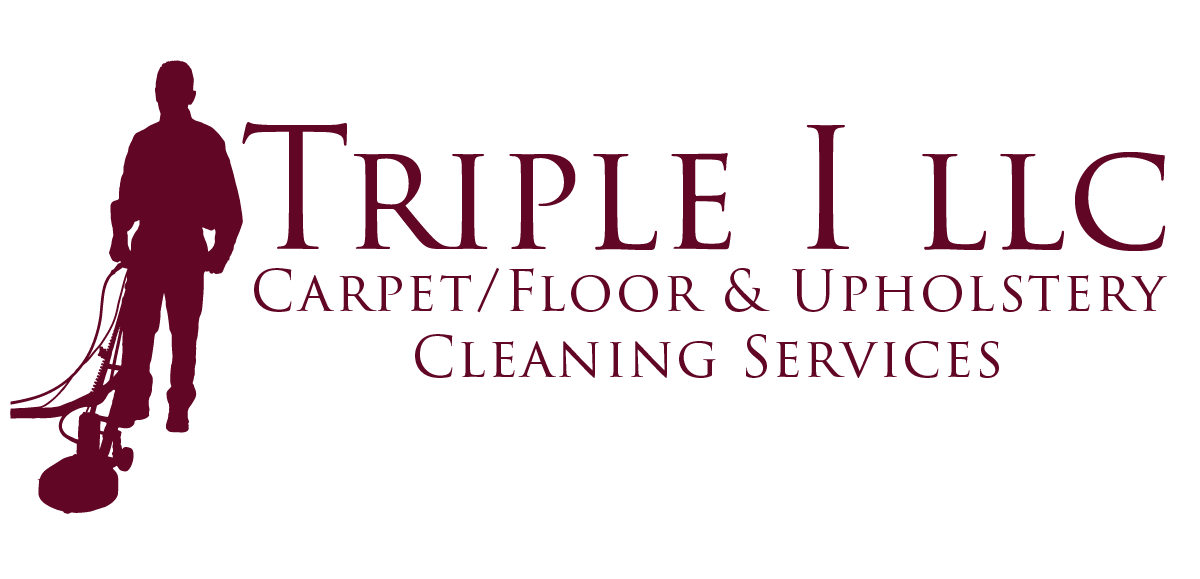Follow Us x
Electrostatic disinfectant emist-sprayer
What are the EMist disinfectant sprayers?
The EMist sprayers are the most powerful, efficient and cost-effective disinfection sprayers on the market. The sprayers place an electrostatic charge to disinfectants as the chemical leaves the spray nozzle, which causes the chemical droplets to cling to virtually any surface.
In light of coronavirus (SARS-CoV-2), environmental cleaning and disinfecting of surfaces have become more important than ever before. Research studies show that environmental cleaning and disinfection play important roles in helping to prevent the spread of infection. New technology in this industry is the application of EPA-approved disinfectants utilizing electrostatic application systems for proper surface disinfection. Electrostatics is a proven technology in the agricultural and automotive industries. This technology is now being integrated into the infection prevention and control industry as a tool to break the chain of pathogen mobility.
What's the difference between cleaning, disinfecting and sanitizing?
Cleaning Removes germs, dirt, and impurities from surfaces or objects. Cleaning works by using soap (or detergent) and water to physically remove germs from surfaces. This process does not necessarily kill germs, but by removing them, it lowers their numbers and the risk of spreading infection.
Disinfecting Kills germs on surfaces or objects. Disinfecting works by using chemicals to kill germs on surfaces or objects. This process does not necessarily clean dirty surfaces or remove germs, but by killing germs on a surface after cleaning, it can further lower the risk of spreading infection.
Sanitizing It lowers the number of germs on surfaces or objects to a safe level, as judged by public health standards or requirements. This process works by either cleaning or disinfecting surfaces or objects to lower the risk of spreading infection.
What is Hypochlorous Acid? Hypochlorous acid (HOCl) is a chemical with powerful antimicrobial activity. Properly produced, hypochlorous acid sanitizer is just as effective at sanitizing/disinfecting as other readily available products with much higher concentrations of toxic chemicals. It kills a wide variety of bacteria, fungus and viruses including Listeria monocytogenes, Escherichia coli and Salmonella enterica - it's even effective against the virus that is causing the COVID-19 pandemic.
Is Hypochlorous Acid Safe? Despite its effectiveness against pathogens, hypochlorous acid does not cause adverse effects on humans in a wide range of toxicity panels. In fact, HOCl actually exists inside the human body - it's produced by white blood cells specifically to kill invasive organisms and to fight infections. It is completely non-toxic and is not irritating to eyes or skin. In the last 20 years, hypochlorous acid solutions have been used as wound-cleansing agents. Even if it were accidentally ingested, HOCl would not cause harm.
What is Dwell Time?Dwell time, or contact time, is the amount of time disinfectants need to remain wet on surfaces to properly disinfect. This is an important consideration when purchasing cleaning supplies for fighting coronavirus. When paired with proper training, this can go a long way toward ensuring surfaces have been effectively sanitized and disinfected.
Dwell times vary by disinfectant and target organism type, like bacteria, virus or fungi. They range from 30 seconds to 10 minutes or more.
While a disinfectant may kill some of the organisms immediately upon contact, it must be allowed to dwell on the surface for the time period stated on the chemical's packaging in order to achieve a 100% kill claim.

